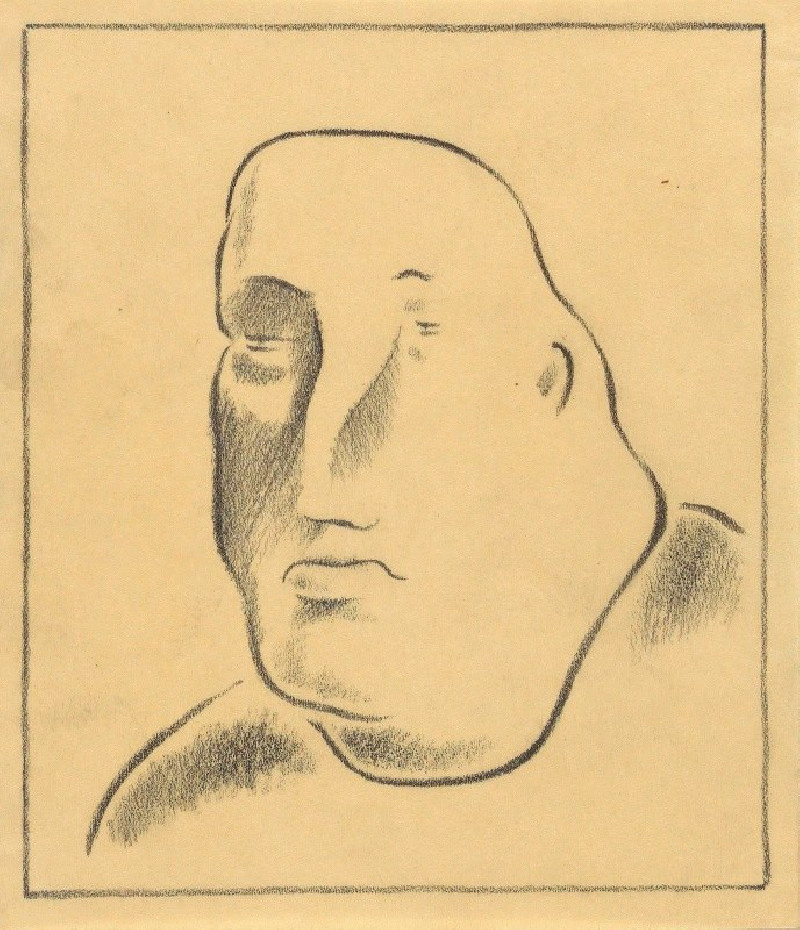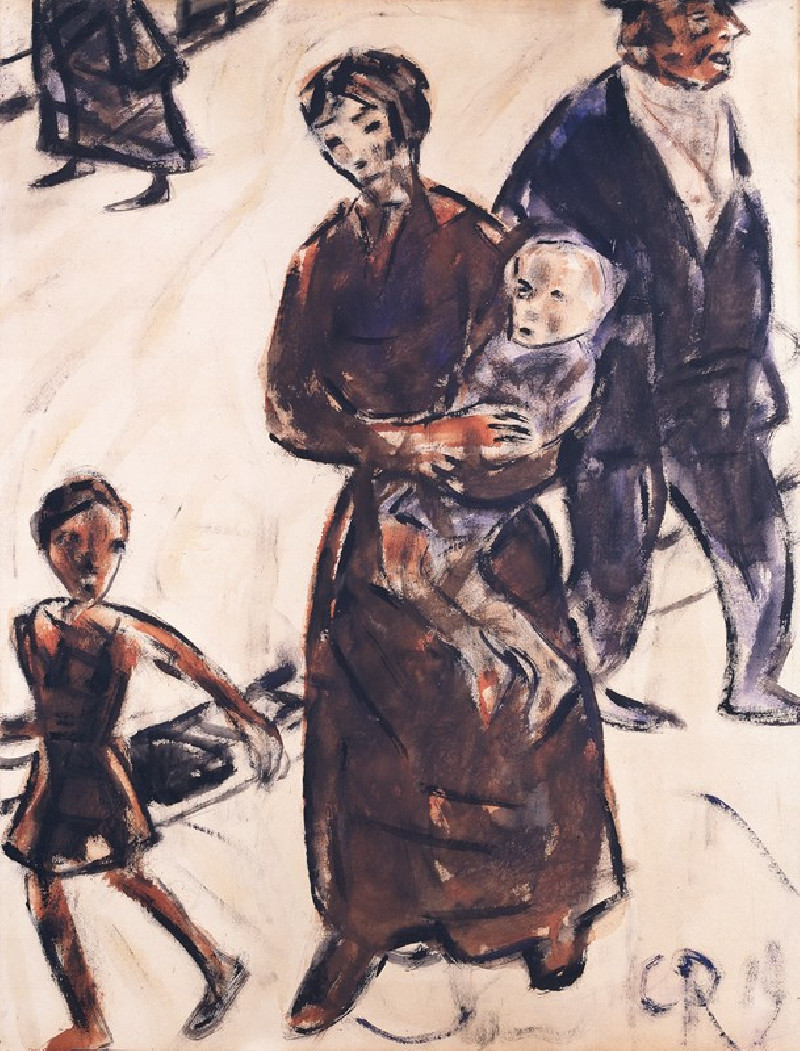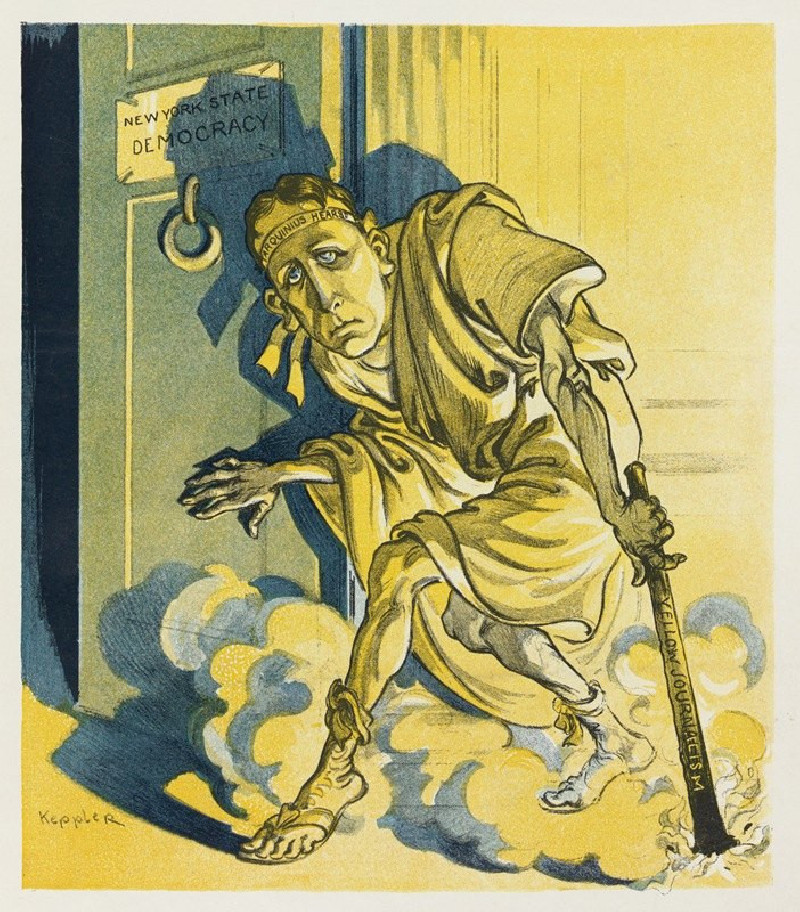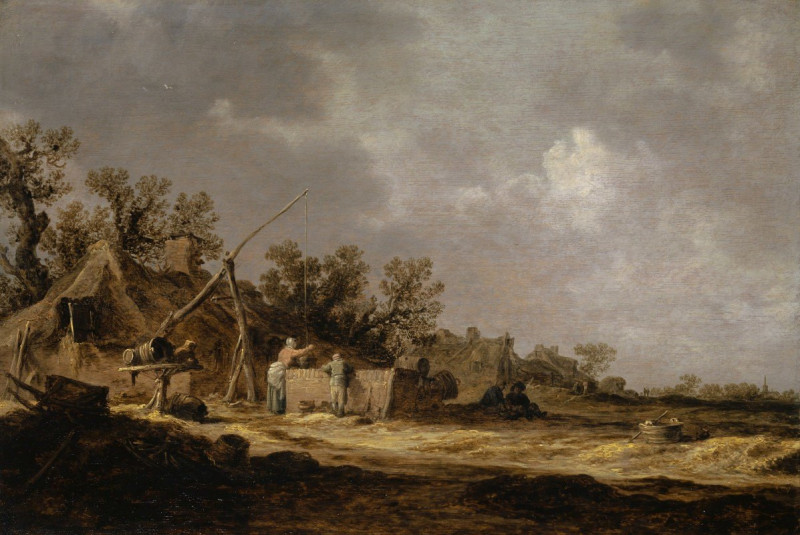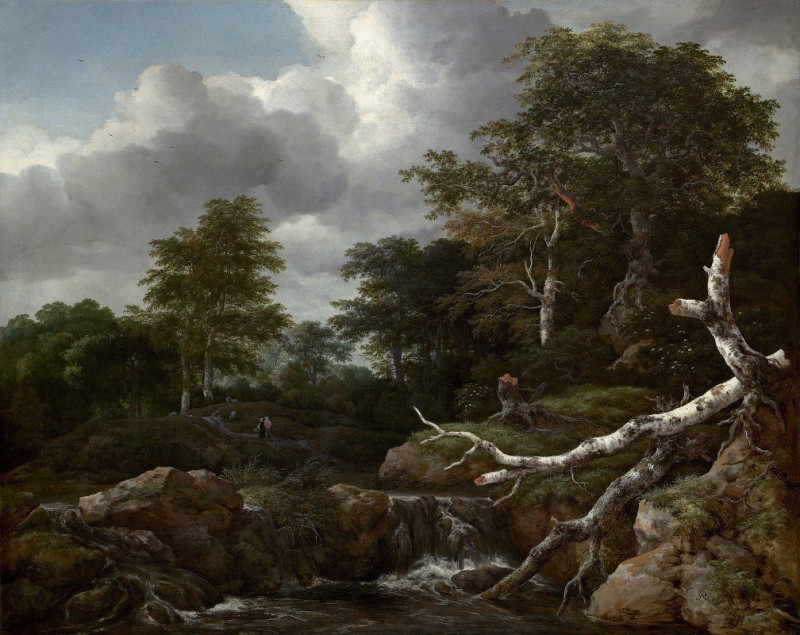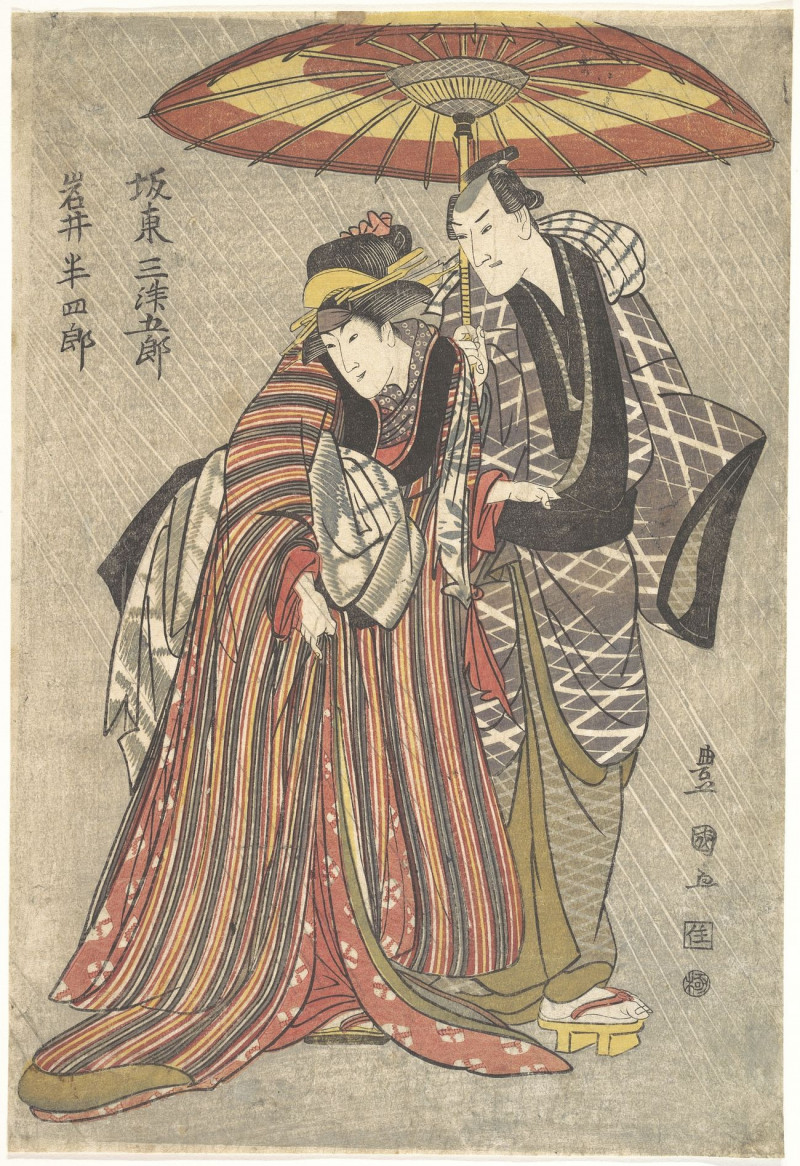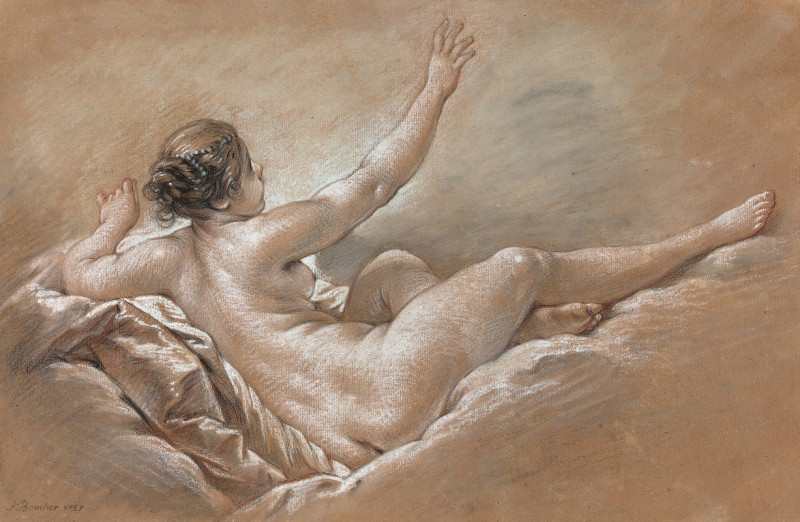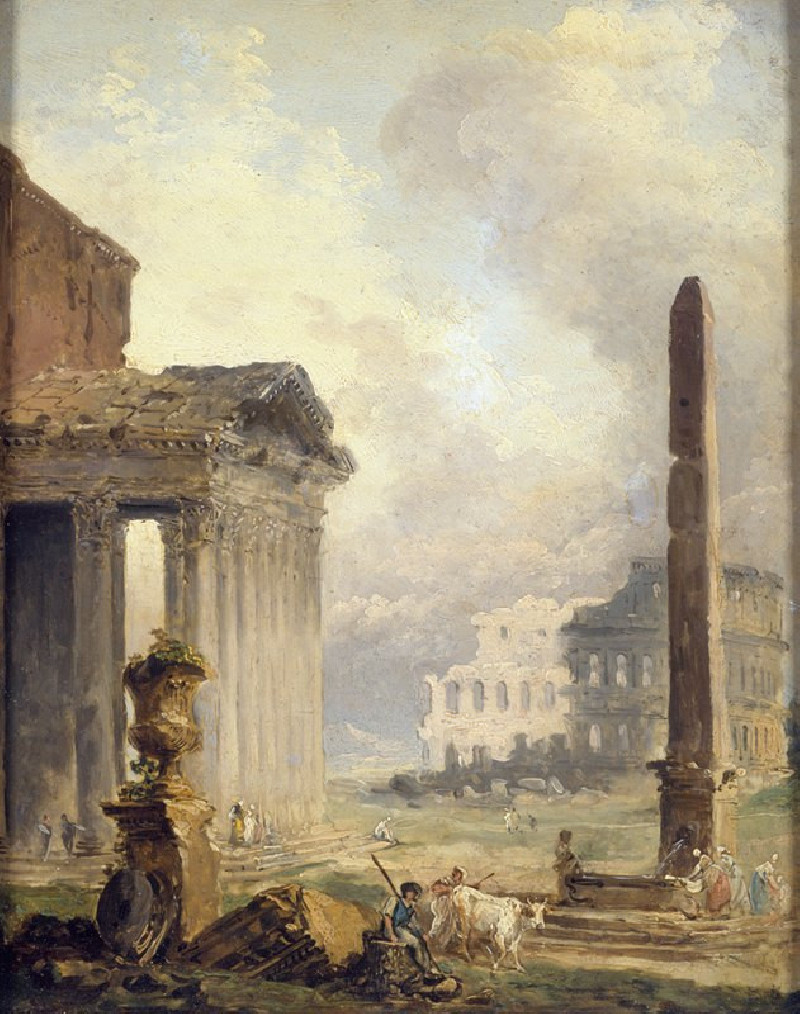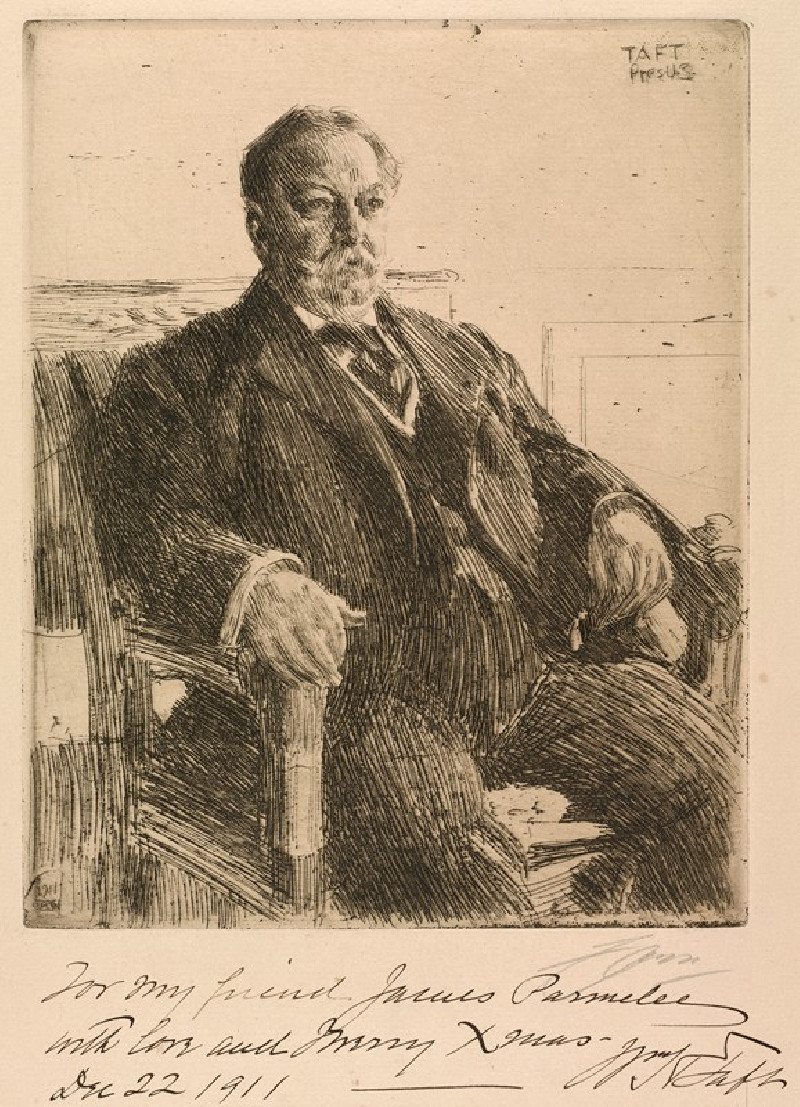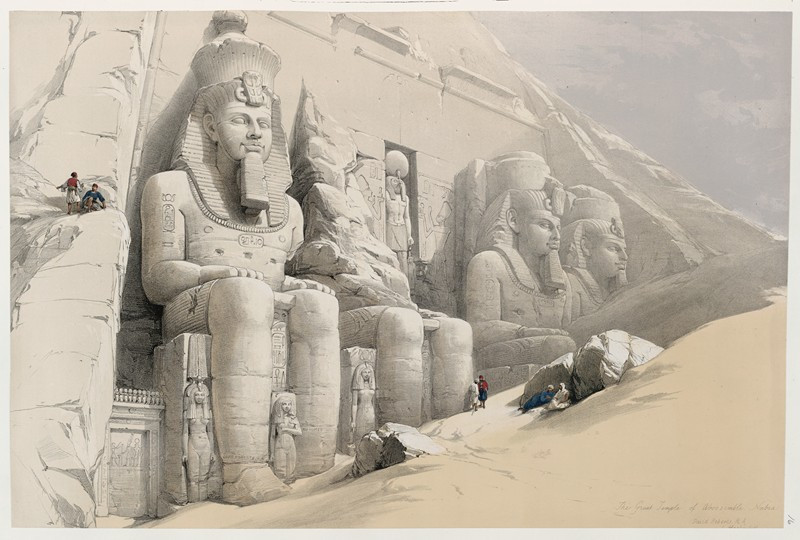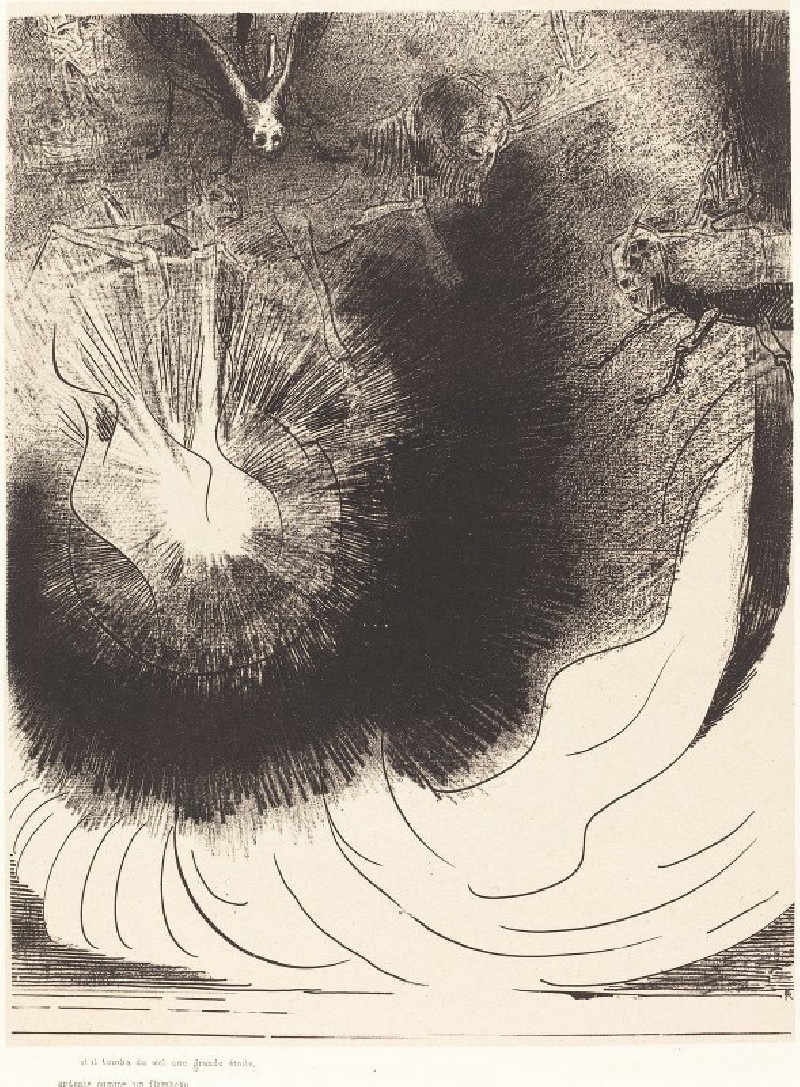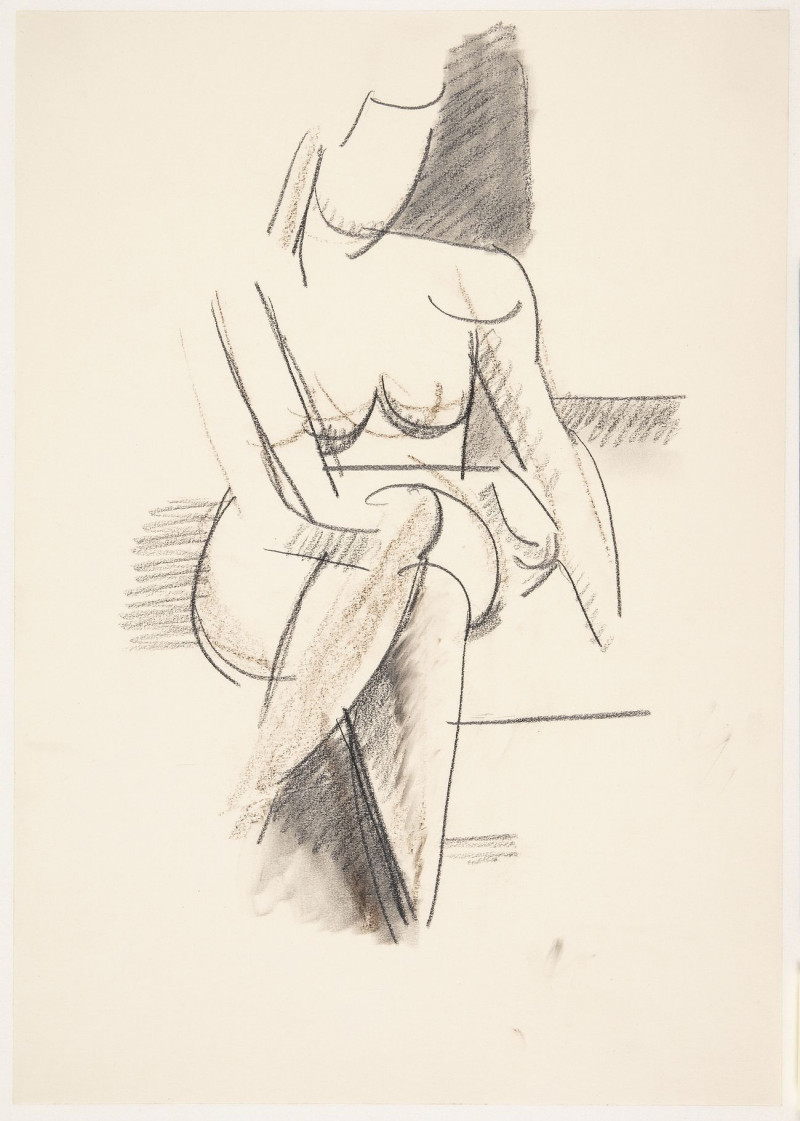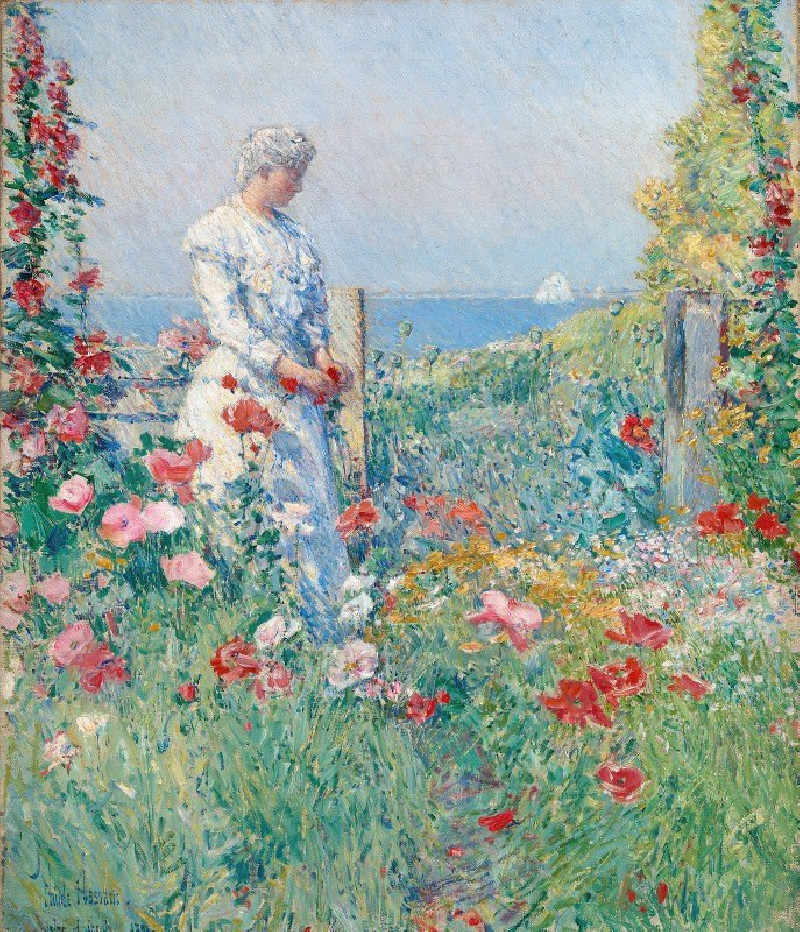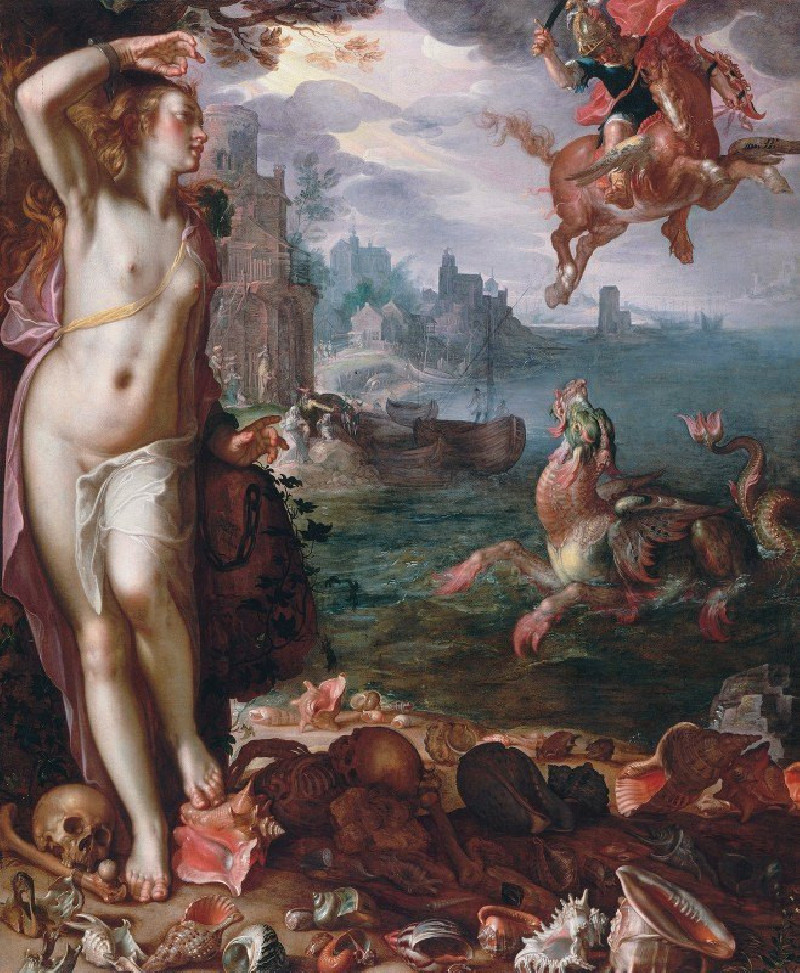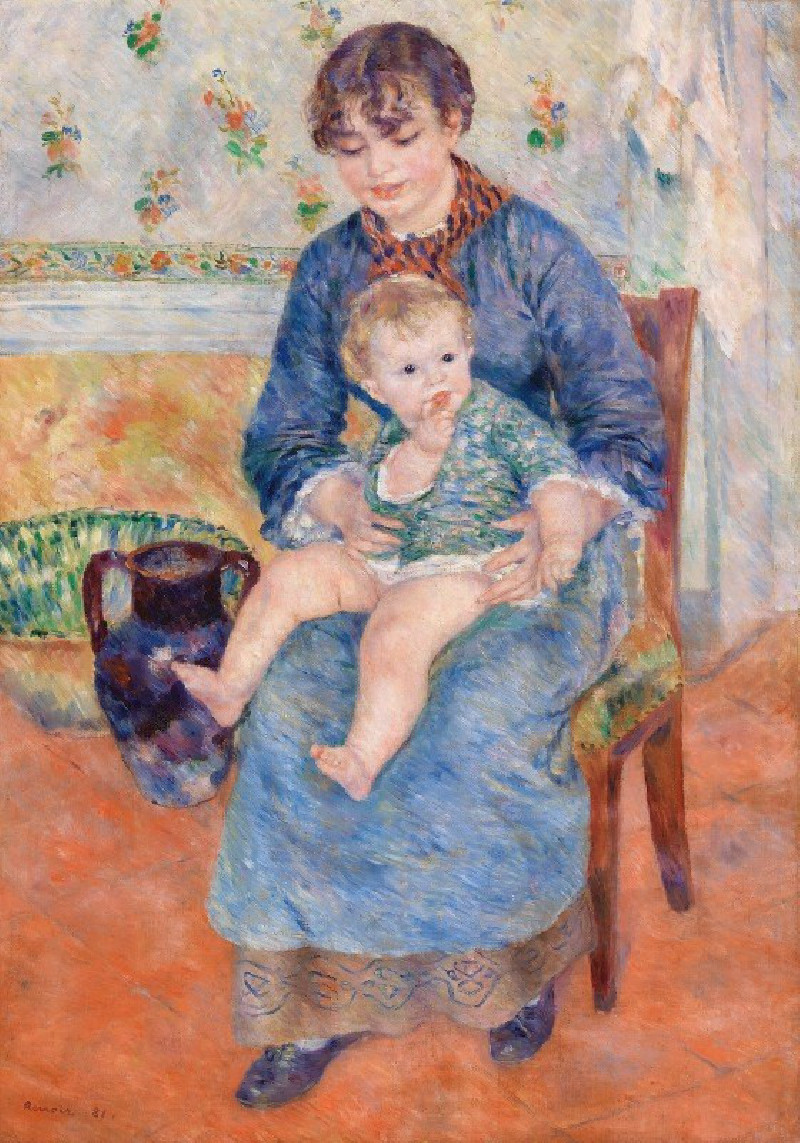Verwaltungsrat
Technique: Giclée quality print
Recommended by our customers
More about this artwork
"Verwaltungsrat" by Karl Wiener is a compelling piece of art that draws the viewer into a deep contemplation of authority and personality within the context of corporate or administrative governance. In this minimalist charcoal drawing, the artist has depicted a single male face, robust and distinctive, conveying the weight of decision-making and leadership. The face, defined by bold and confident strokes, dominates the canvas, highlighting the pronounced features and the thoughtful, perhaps contemplative expression.This artwork subtly explores the gravity and isolation that can accompany positions of power. The heavy shading on one side of the face may suggest the multifaceted nature of such roles—illuminated yet shadowed by the responsibilities they entail. The neutrality of the expression leaves room for interpretation, inviting viewers to ponder the internal and external influences on those who occupy high offices.Wiener’s style, focused on form and shadow, strips away the unnecessary, directing the focus solely on the depiction of character and emotion.

